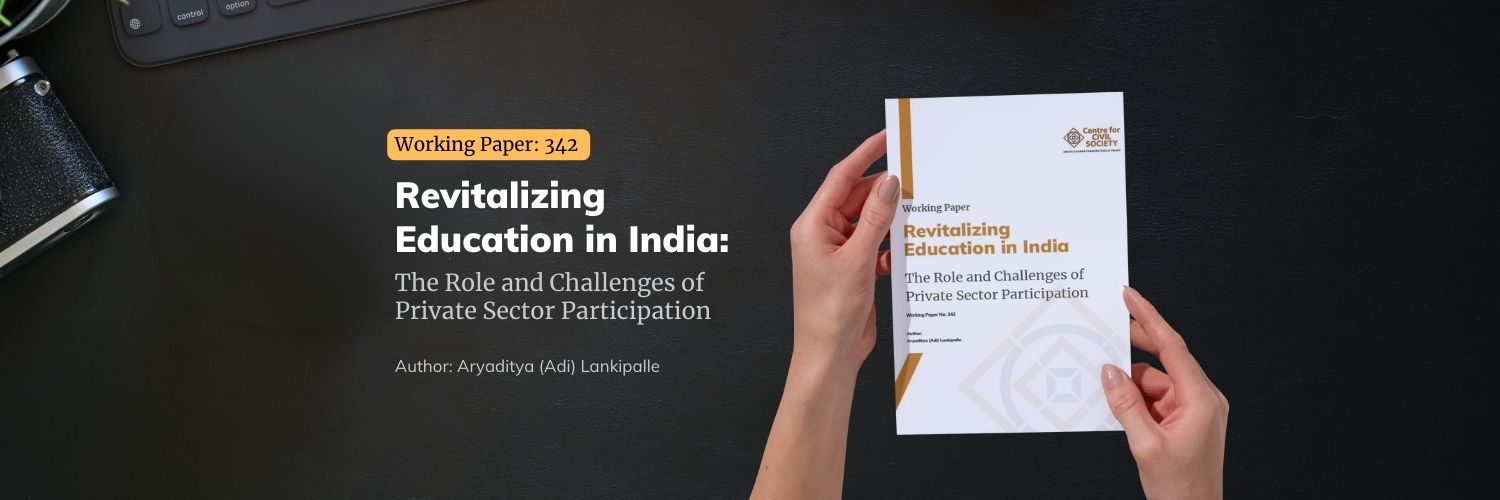India has jumped from 142 in 2014 to 63 in 2019 on the World Bank’s ease of doing business index. Even though this index is based only on Delhi and Mumbai, the Government of India has encouraged all the states to implement reforms to improve investment confidence. Department for Promotion of Industry and Internal Trade (DPIIT), under the Ministry of Commerce and Industry of the Government of India, ranks states based on reforms implemented as mentioned in Business Reform Action Plan (BRAP). This ranking incentivises states to compete for becoming favoured destinations for industries.
Unfortunately, micro, small, and medium enterprises (MSMEs) continue to bear the burden of complex regulatory compliance. Though MSMEs play a crucial role in the Indian economy, the impact of the current regulatory environment on their capacity to develop and scale-up remains unknown. In particular, there is limited information on what happens after an MSME applies for a licence or an approval.
In 2020, we at Centre for Civil Society conceptualised a project to ease the regulatory environment for MSMEs at the state-level. We wished to develop evidence-based policy reforms and implement them in tandem with state governments in India to improve the overall working conditions for MSMEs. We partnered with the Government of Punjab and the Global Alliance for Mass Entrepreneurship and conducted a process audit of 26 services across five departments: Labour, Local Government, Industries and Commerce, Housing and Urban Development and Punjab Pollution Control Board. As a part of this audit, CCS analysed administrative logs and conducted interviews with departmental officers and applicants to determine the reasons for delays and prescribed recommendations.
Some of our major findings from the study include
Officers do not raise objections related to the documents at one go. They raise objections in a piecemeal fashion and not within the time limit. For instance, in one file of Change of Land Use under the Department of Housing and Urban Development, the official forwarded 12 objections to the applicant. But after the applicant rectified these problems, officials raised 3 new objections that were not mentioned in the original objection. This led to an unnecessary slow down in the approval process.
Often, the objections are not directly communicated to the applicant. Take, for instance, applications for Building Plan Approval under the Department of Local Government. In all the files we studied, each time an officer raises an objection, the objection is returned down the process ladder until it reaches the Building Inspector who communicates the issue to the applicant. In one application, an objection raised by the Assistant Town Planner reached the Building Inspector after 15 days after passing through two officers.
For some services in the Department of Local Government, Department of Housing and Urban Development and Department of Industries and Commerce, officials ask for additional documents which are not part of the list of required documents mentioned on the website. For instance, in an application for Change of Land Use under the Department of Housing and Urban Development, the applicant indicated that the concerned land did not fall under forest area and hence a No Objection Certificate(NOC) from the Department of Forests and Wildlife was not required. But the officer still insisted on submitting this document.
Through this study, we offer targeted suggestions and policy recommendations to improve the efficiency of bureaucratic processes in the service delivery by the Government of Punjab and improve the business environment in the state.

Revitalizing Education in India: The Role and Challenges of Private Sector Participation
Working Paper no. 342


